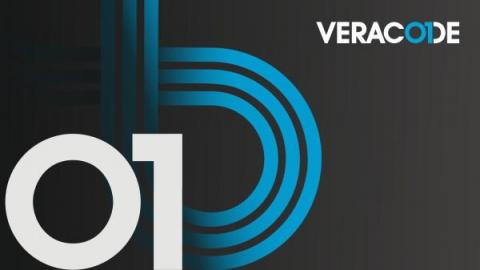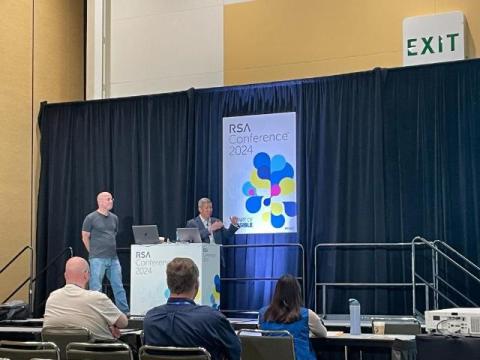From Risk to Reward: How 20% Revenue Growth Was Achieved Through Strategic Security
If you're a security professional like me, you're not used to your function being seen as a revenue driver for your business; you’re used to being seen as a cost center. But what if you could demonstrate that security acts as a catalyst for innovation, even leading to 20% revenue increase? Here's how a strategic security investment was not only able to help protect a business from potential threats, but also create a foundation for sustainable growth.








